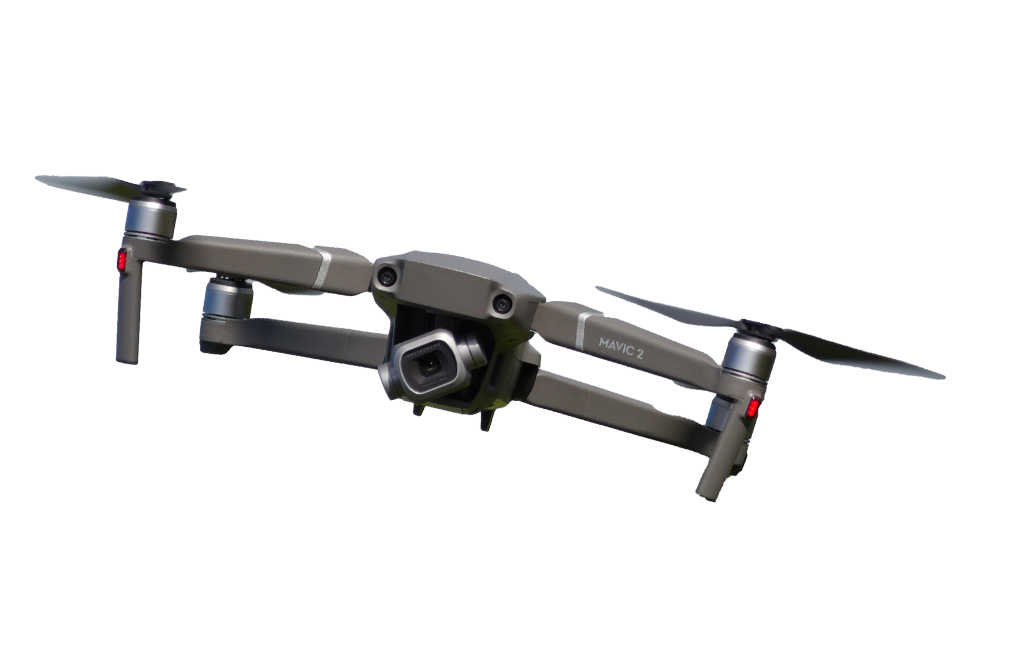
In recent years, the drone industry has witnessed a remarkable transformation with the integration of Artificial Intelligence (AI). Drones with AI capabilities are revolutionizing various sectors, including tactical warfare, agriculture, and infrastructure, to deliver services and emergency response. The Drone AI market is experiencing exponential growth, poised to reshape industries and open new possibilities. This article explores the current state and prospects of this exciting market.
Advantages with applications
AI-powered drones are increasingly employed in agriculture, assisting crop monitoring, precision spraying, and yield optimization. The ability to analyze vast amounts of data collected by drones enables farmers to make data-driven decisions and increase productivity while minimizing resource waste. In the construction and infrastructure sectors, AI-enabled drones provide accurate surveying, 3D mapping, and monitoring of construction sites, significantly reducing costs and improving efficiency.
Delivery services are also embracing the drone AI revolution. Companies are exploring using drones for last-mile deliveries, especially in remote areas or during emergencies. Integrating AI algorithms allows drones to navigate complex environments, detect obstacles, and optimize routes, enabling faster and more efficient deliveries.
Safety and Security and safety – are we safe?
One of the critical advantages of AI-powered drones lies in enhancing safety and security. Drones with AI algorithms can monitor and patrol areas, detect anomalies, and provide real-time surveillance. This technology proves invaluable for critical infrastructure protection, border control, and disaster response. AI algorithms enable drones to autonomously identify potential threats, such as unauthorized access or hazardous situations, and alert the appropriate authorities.
Future Trends with Challenges
While the Drone AI market holds immense potential, addressing several challenges must be done. Where’s the oversight? Ensuring regulatory compliance, managing privacy concerns, and refining AI algorithms to handle complex scenarios require attention.
Looking ahead, the future of the Drone AI market is promising. Machine learning advancements and computer vision will further enhance the capabilities of AI-enabled drones. Improved obstacle detection, increased flight autonomy, and enhanced data analysis will pave the way for even more sophisticated industry applications.
The rise of the machines – no, seriously, I hope not.
The Drone AI market is experiencing a remarkable surge, propelling innovation and transforming various sectors. AI-powered drones are revolutionizing agriculture, construction, delivery services, and security. With the ability to collect and analyze vast amounts of data, drones equipped with AI algorithms are driving efficiency, productivity, and safety. Although challenges remain, the future of the Drone AI market looks promising, with continued advancements expected to unlock new possibilities and significantly impact industries worldwide. As this transformative technology continues to evolve, we can anticipate an increasingly connected and intelligent future powered by drones and AI.
